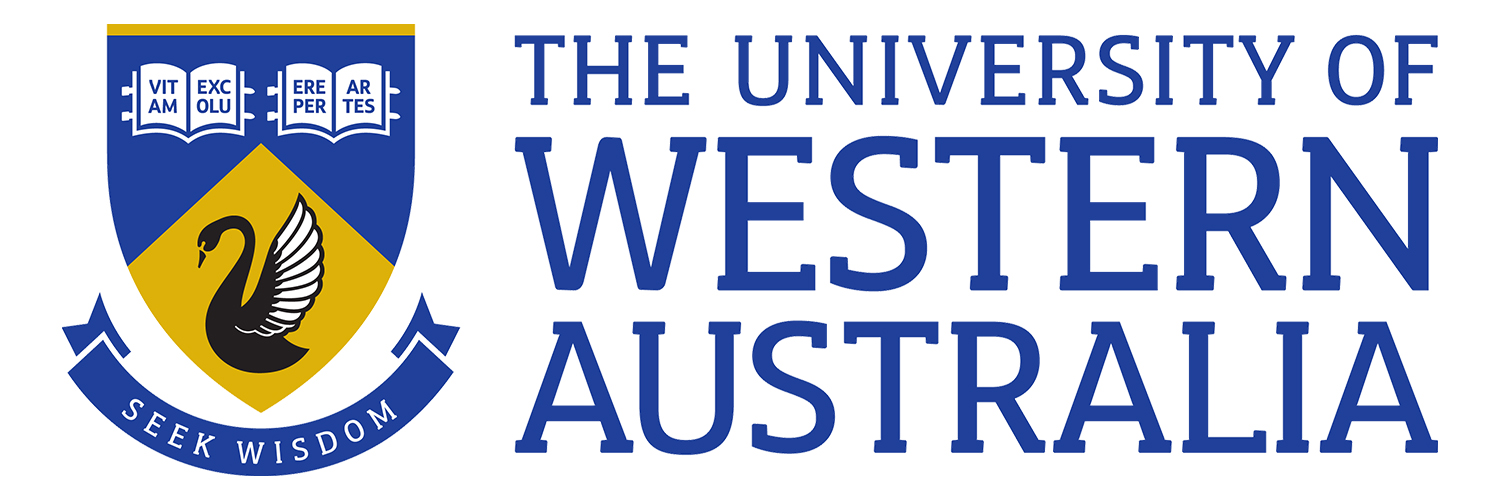
Simulating ulta-diffuse and dark galaxies
The University of Western Australia (UWA)
Scholarship Information
Award value: AUD $37,000 annually
Level of study: Postgraduate
Closing date: 19 Dec 2025
Ultra-diffuse galaxies (UDGs) with extremely low surface brightness and weak star formation activities were first discovered in nearby clusters of galaxies (e.g. van Dokkum et al. 2015). These UDGs are so dim (almost dark) that previous telescopes could not detect them until 2015. Australian-led WALLABY project (using the ASKAP radio telescope) have recently discovered a new galaxy population with massive rotating gas disks yet without stars, called dark galaxies, in the local universe (e.g., O'Berine et al. 2024). The observed presence of rotating gas disks is considered to be the robust evidence of dark matter in dark galaxies. The formation processes of these starless new galaxy populations are yet to be fully understood. In this project, we will try to investigate (i) the formation processes of dark galaxies and (ii) their relationships with UDGs using both computer simulations of galaxy formation and the latest observations of dark galaxies.

